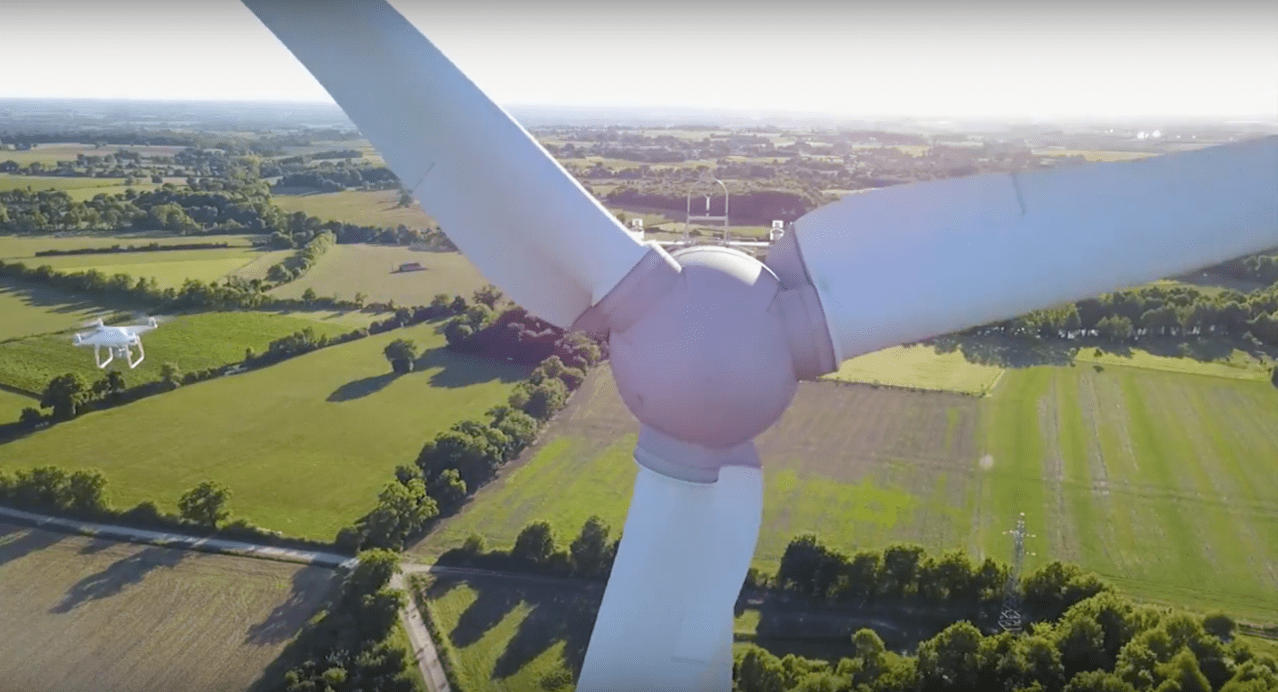The world of drone technology is evolving rapidly, leaving traditional inspection methods in the dust. With the regulatory environment becoming increasingly favorable for commercial drone operations, innovative startups are emerging to exploit the untouched potential of this aerial technology. Among them is Sterblue, a French drone software startup that is set to revolutionize how inspections are conducted, particularly for utilities like power lines and wind turbines. This blog will explore the impressive capabilities of Sterblue and how they leverage artificial intelligence to optimize drone inspections.
A Glimpse into Sterblue’s Vision
Emerging from the prestigious Y Combinator, Sterblue aims to streamline the inspection process using existing drone technology. The startup’s focus on using off-the-shelf drones means they aren’t bogged down by the challenges of developing custom hardware, allowing them to remain agile in a competitive landscape.
What sets Sterblue apart is its ability to transform conventional drone usage by integrating sophisticated neural networks. This allows drones to perform inspections autonomously, identifying issues with minimal human intervention. The software’s capability to guide drones along predetermined paths close to large structures enhances the accuracy and quality of the scans, ultimately streamlining operations.
High-Tech Inspections: The Mechanics Behind Sterblue
- Enhanced Proximity: Sterblue’s software enables drones to get as close as three meters from power lines and wind turbines. This proximity is crucial for capturing high-resolution images, which are key for accurate anomaly detection.
- AI-Powered Analysis: The system’s neural network can spot defects as tiny as one millimeter. Once data is collected, operators can review 3D models and other imagery on Sterblue’s cloud platform for detailed analysis.
- Autonomous Flight Paths: By utilizing Computer-Aided Design (CAD) structures, the drones can autonomously navigate around large structures, reducing the complexity typically associated with flying in urban environments.
What Does This Mean for Various Industries?
The impact of Sterblue’s technology extends beyond mere convenience. Utility companies, especially those based in Europe, Africa, and Asia, can greatly benefit from improved inspection processes. Traditional inspection techniques are often labor-intensive, time-consuming, and prone to human error. Sterblue’s approach enables:
- Quicker inspections with fewer resources.
- Enhanced safety, as drones can operate in hazardous environments without putting human inspectors at risk.
- More comprehensive data acquisition, leading to better-informed maintenance decisions.
Challenges and Future Prospects
While Sterblue is positioned to become a leader in drone inspections, challenges remain. Regulations governing drone usage are still evolving, and the technology must continue to advance to keep pace with these changes. Moreover, gaining the trust of traditional industries accustomed to longstanding practices will require dedication and outreach.
Nevertheless, as technology continues to advance, and as public and private sectors recognize the benefits of integrating AI and drone inspections, Sterblue’s future looks promising.
Conclusion
Sterblue represents a significant advancement in drone inspection capabilities, merging artificial intelligence with practical applications. As industries seek more efficient and reliable solutions for infrastructure inspections, the embrace of technologies like those offered by Sterblue will undoubtedly pave the way for smarter operations. At fxis.ai, we believe that such advancements are crucial for the future of AI, as they enable more comprehensive and effective solutions. Our team is continually exploring new methodologies to push the envelope in artificial intelligence, ensuring that our clients benefit from the latest technological innovations.
For more insights, updates, or to collaborate on AI development projects, stay connected with fxis.ai.

